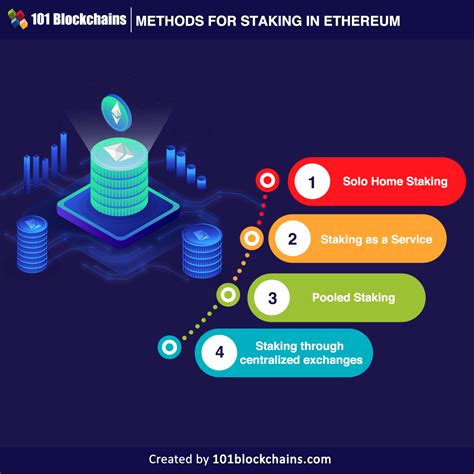Ethereum vs. Ripple: Understanding the Differences Between the Two Interchangeable Blockchain Platforms
As the world becomes increasingly digital, the demand for decentralized finance (DeFi) solutions is rapidly growing. Ethereum and Ripple are two popular platforms that have gained significant attention. While both offer innovative blockchain-based technologies, they differ significantly in terms of their underlying architecture, use cases, and implementation.
Ripple: A Leader in Cross-Border Payments
Ripple is a pioneer in cross-border payments, using its open-source protocol (XRP) to enable fast, secure, and inexpensive transactions. Ripple’s platform enables the exchange of value between parties in real time, without the need for intermediaries or traditional banking systems.
Key Features:
- Cross-Border Payments: Ripple enables instant settlement of payments in over 100 currencies, with a focus on high-value transactions.
- Real-Time Value Exchange: XRP enables fast and secure transactions, without the need for settlements that take weeks or even months.
- Open Source: The Ripple Protocol (XRP) is open source, allowing developers to contribute to its development.
Stellar: A Non-Profit Organization with Open Source Roots

Stellar, on the other hand, was originally founded as a non-profit organization with the goal of developing an open blockchain for cross-border payments. The Stellar platform aims to provide fast and affordable payment solutions to individuals and businesses around the world.
Key Features:
- Cross-Border Payments: Stellar enables instant payments between parties without the need for intermediaries or traditional banking systems.
- Open Source: The Stellar platform is built on open source, allowing developers to contribute to its development.
- Non-profit: Stellar is a non-profit organization dedicated to providing access to financial services for underserved populations.
Comparison of Key Differences:
| | Ethereum | Wave |
| — | — | — |
| Architecture | Decentralized and programmable blockchain | Decentralized and programmable blockchain |
| Use cases | DeFi applications (e.g. lending, trading), non-fungible tokens (NFTs) | Cross-border payments, real-time value exchange |
| Implementation | Centralized and open source | Open source and centralized |
| Governance | Decentralized governance via DAO (decentralized autonomous organization) | Decentralized governance via voting rights |
Conclusion
In summary, both Ethereum and Ripple offer innovative blockchain solutions, but have different use cases. Ethereum is ideal for decentralized applications and non-fungible tokens (NFTs), while Ripple excels at cross-border payments and real-time exchange of value.
As the world evolves, understanding these differences is crucial to making informed decisions about which platform best suits your needs. With its open source nature and focus on accessibility, Stellar is a compelling alternative to Ethereum and Ripple.
Resources
- [Ethereum Whitepaper](
- [Ripple Protocol (XRP)](
- [Stellar Development Team](

